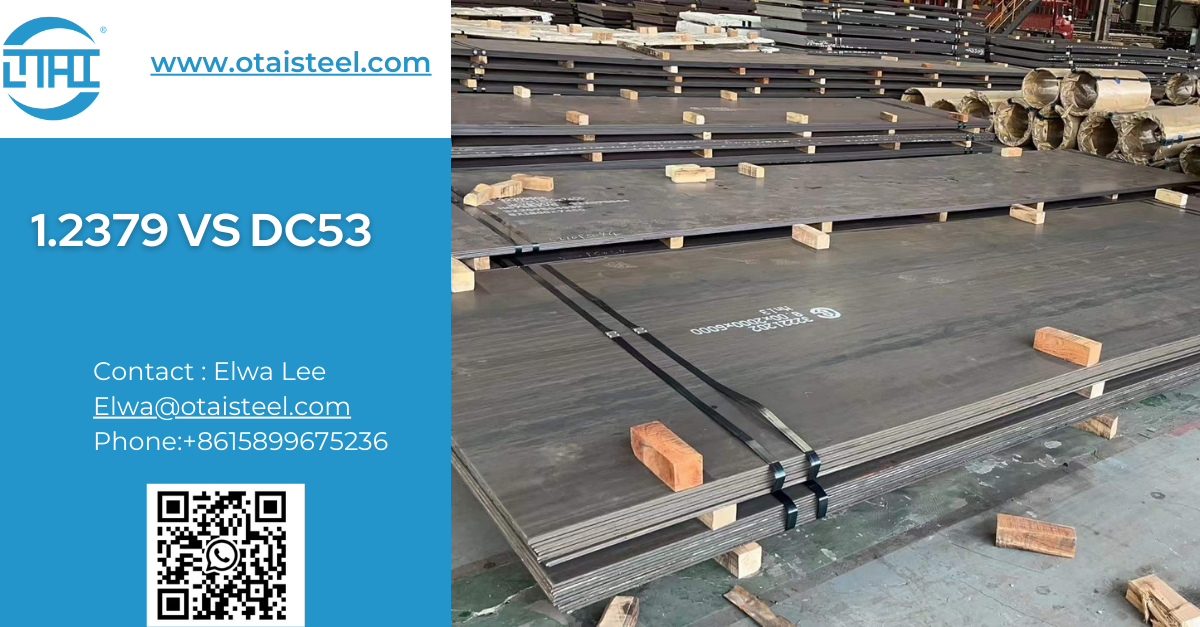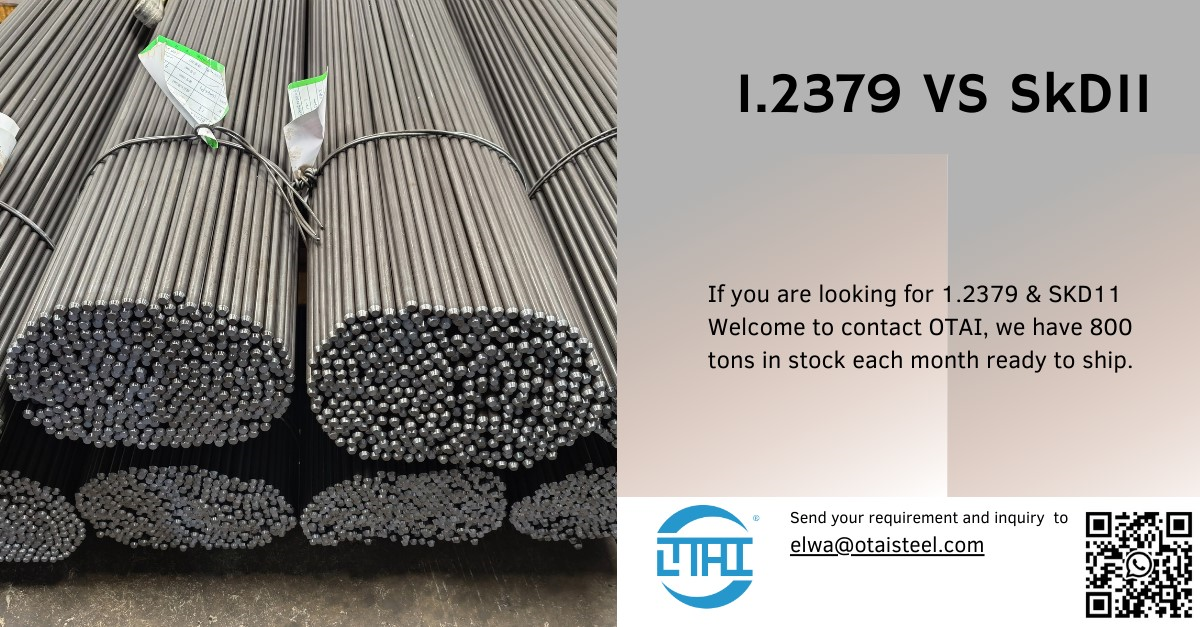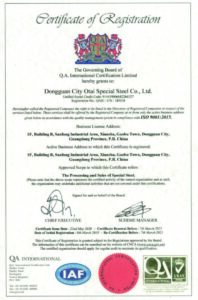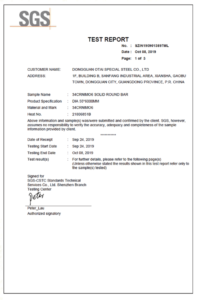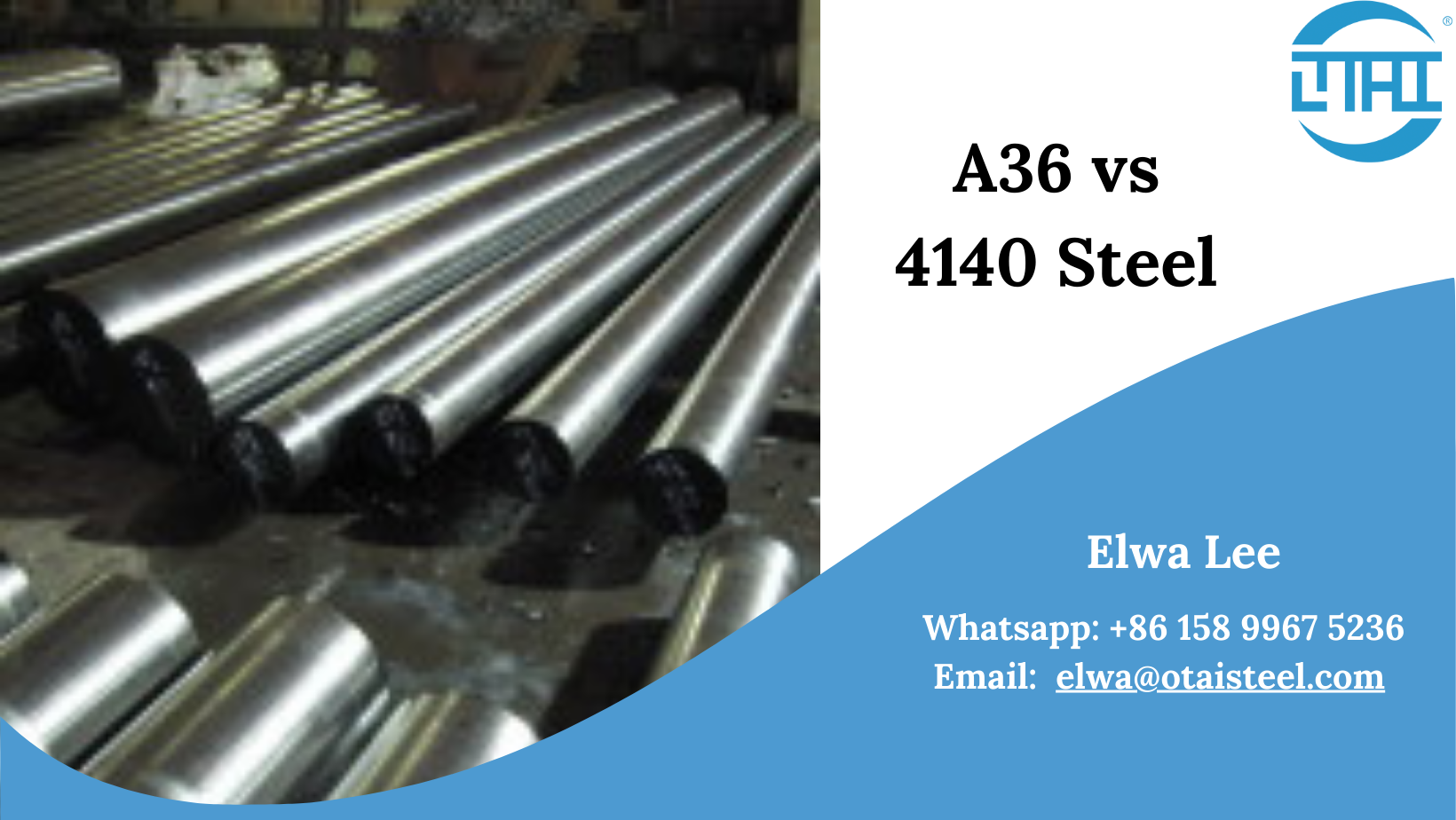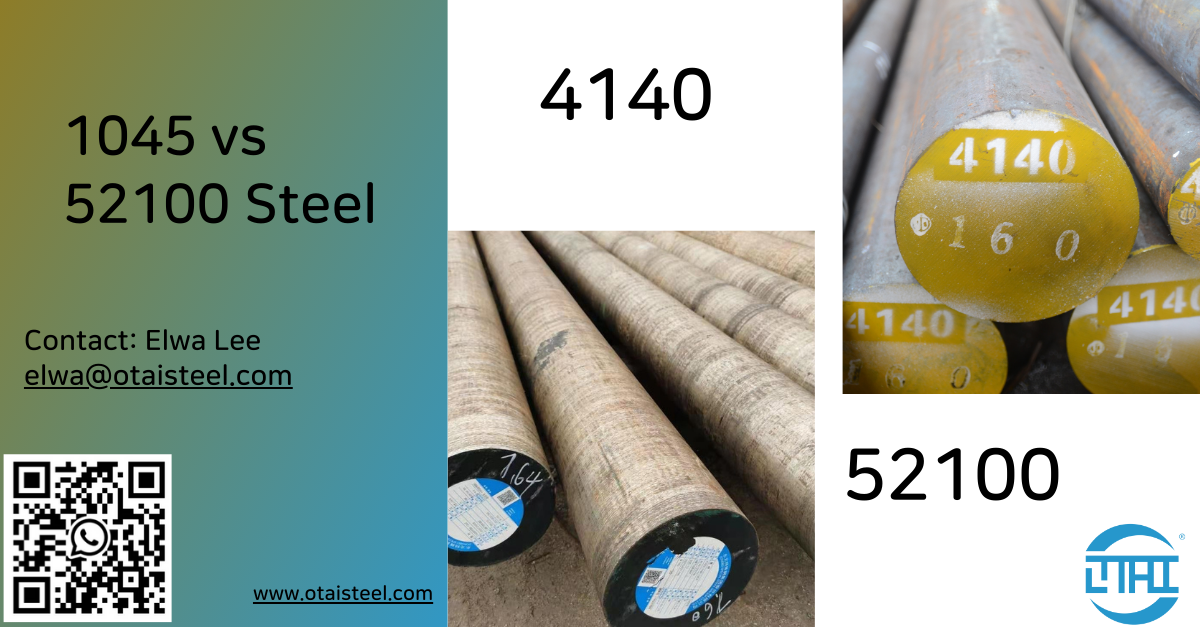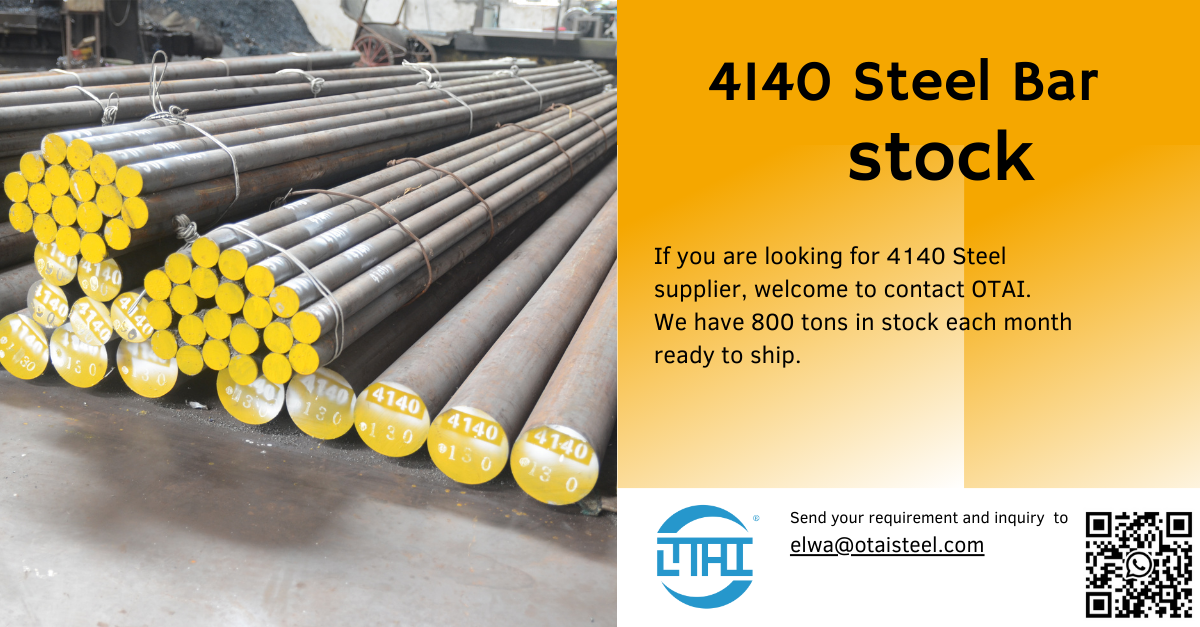In the world of industrial materials, the search for the ideal steel grade can be both challenging and crucial. For those seeking the versatile and widely-used steel 1.2311, understanding its standard, properties, and efficient sourcing methods is paramount. In this comprehensive guide, we delve into the intricacies of steel 1.2311, providing valuable insights to answer your queries and streamline your sourcing process.
Unraveling the Standard
Steel 1.2311 is a popular choice in various applications, known for its exceptional properties. To begin our exploration, let’s understand the standard that defines this steel grade. Classified under the ASTM standards as P20, steel 1.2311 adheres to stringent quality benchmarks. Its composition, characterized by high tensile strength and good machinability, makes it a preferred material in the manufacturing sector.
The Chemistry Behind: Chemical Composition
To truly comprehend the prowess of steel 1.2311, a closer look at its chemical composition is imperative. Featuring a balanced alloy of chromium, manganese, and carbon, this steel variant exhibits remarkable toughness and resistance to wear. The synergy of these elements contributes to its ability to withstand demanding industrial applications.
Applications Across Industries
Steel 1.2311 finds its niche in a multitude of industries, owing to its versatile nature. From injection molding to die casting, this steel grade serves as the backbone of numerous manufacturing processes. Its high impact strength and excellent polishability make it a top choice for applications requiring precision and durability.
Sizing Up: Dimensions and Sizes
One of the key considerations in material selection is sizing. Steel 1.2311 comes in a range of dimensions, allowing flexibility in various applications. The availability of different sizes caters to the diverse needs of industries, ensuring that this steel grade can be seamlessly incorporated into your specific project requirements.
Price Dynamics: Navigating the Cost
Understanding the cost implications is pivotal when considering any material for industrial use. Steel 1.2311, while valued for its performance, comes with a competitive price tag. Our in-depth analysis of the pricing dynamics surrounding this steel grade equips you with the knowledge to make informed decisions, balancing quality and cost-effectiveness.
Crafting Your Sourcing Strategy
Now that we’ve delved into the intricacies of this material, let’s discuss the optimal approach to sourcing. Finding the right supplier is paramount for ensuring the quality and reliability of the material. Explore industry databases, engage in discussions with experts, and leverage online platforms to identify reputable suppliers. Our team at Dongguan Otai Special Steel stands ready to assist you in securing the best-quality for your specific requirements.
In conclusion, the journey to acquiring steel 1.2311 involves navigating its standard, chemical composition, applications, sizes, and pricing. By understanding these facets and implementing a robust sourcing strategy, you empower your business with a material that excels in performance and durability. Feel free to reach out to us at elwa@otaisteel.com or via WhatsApp at +86 158 9967 5236 for further inquiries or assistance.
FAQs:
- What are the primary applications of steel 1.2311?
It is widely used in applications such as injection molding and die casting due to its high impact strength and polishability.
- What is the ASTM classification of steel 1.2311?
It is classified under ASTM standards as P20.
- How does the chemical composition of it contribute to its properties?
The balanced alloy of chromium, manganese, and carbon in the chemical composition enhances the toughness and wear resistance of this material.
- What sizing options are available for steel 1.2311?
It comes in a variety of dimensions to cater to the diverse needs of different industries.
- How can I ensure the quality when sourcing?
Engage in thorough supplier research, explore industry databases, and leverage online platforms to identify reputable suppliers.



 Introduction to 1.2379 Steel
Introduction to 1.2379 Steel
